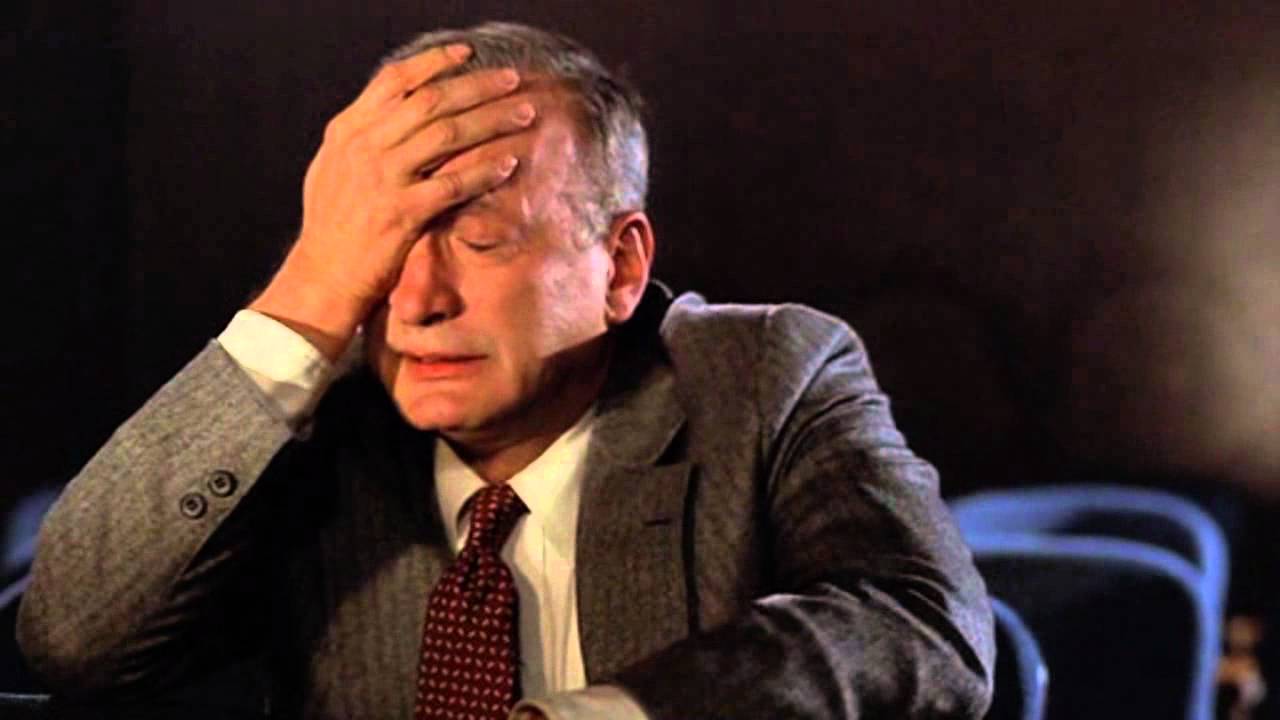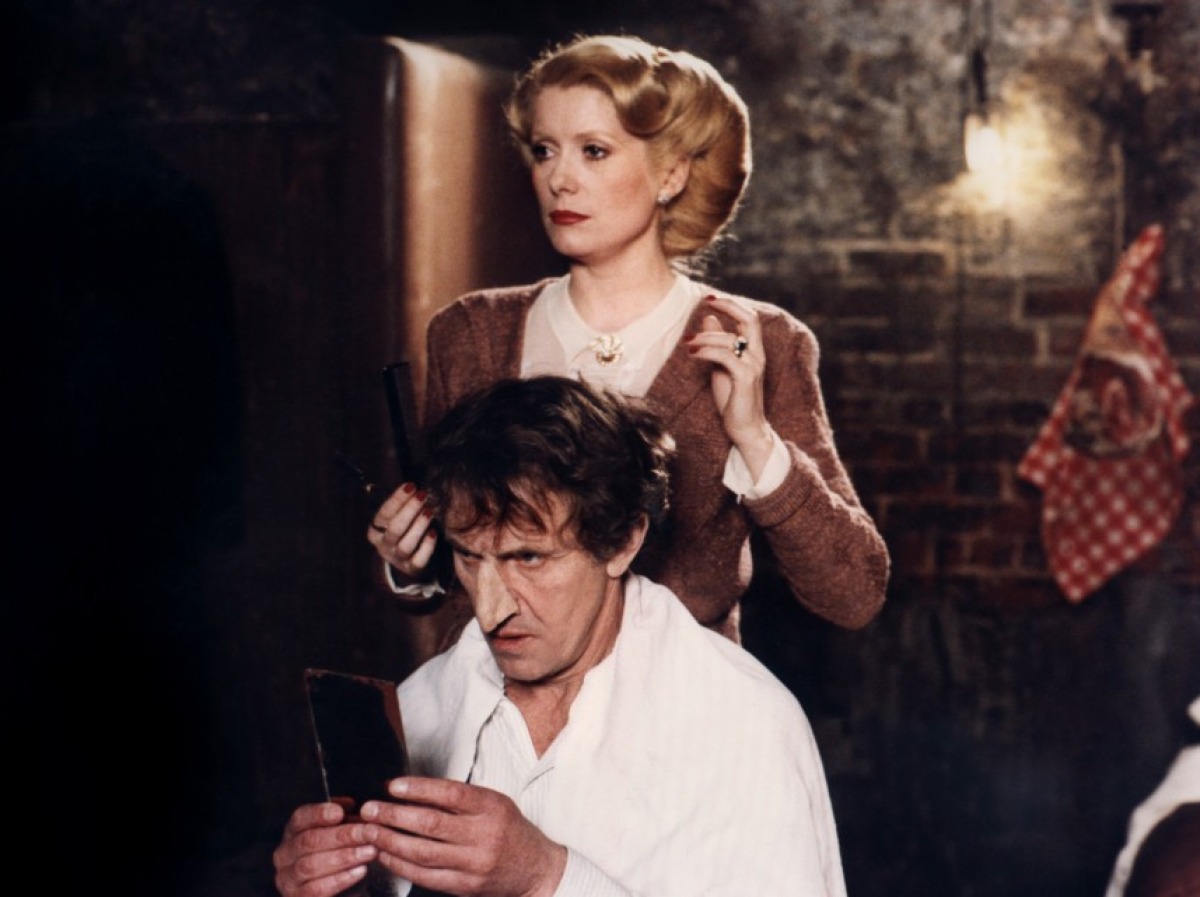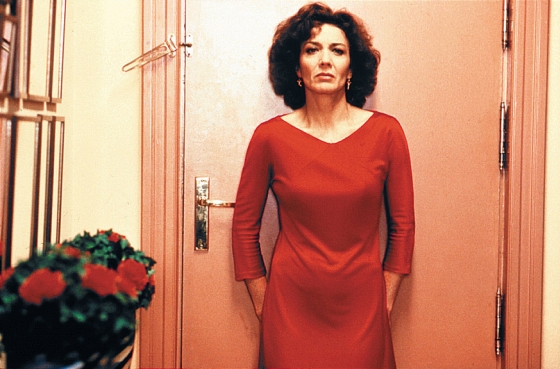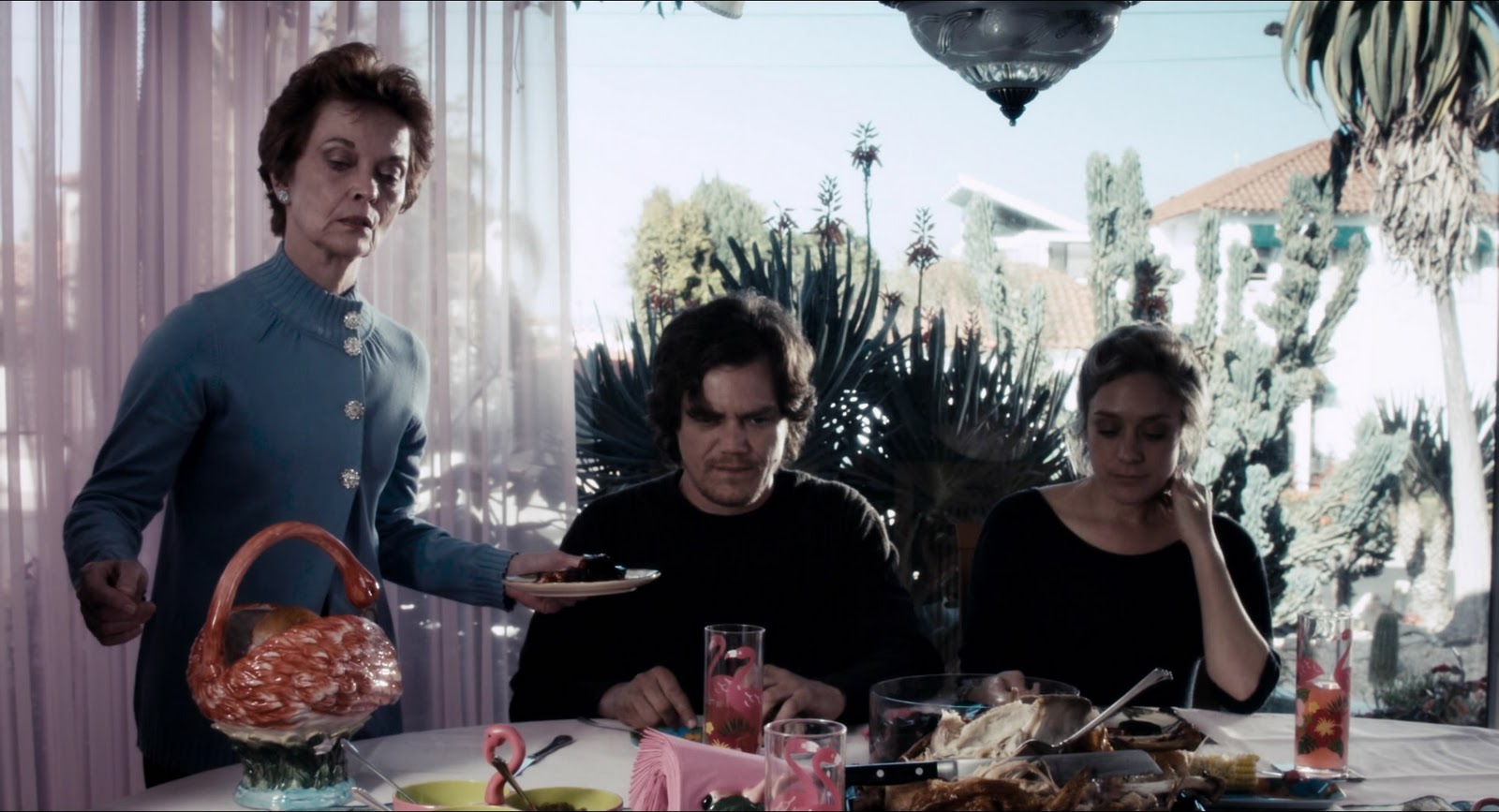5. Hardcore (1979)

Paul Schrader is one of the most underrated filmmakers of the New Hollywood era. He is best known as Martin Scorsese’s screenwriter, penning classics such as Taxi Driver (1976) and Raging Bull (1980). However, in his own right, Schrader is an equally competent film director, with an impressive filmography that includes masterpieces like Mishima: A Life in Four Chapters (1985), Light Sleeper (1992), and above all — Hardcore (1979), his finest directorial effort.
It is an archetypical story about a religious father (George C. Scott) looking for his daughter. He travels through many dark subcultural continents of 1970s American societal landscapes, touching on obscure corners of urban life, such as drug dealing, prostitution, and pornography. He hires a porn actress (Season Hubley) to aid his search. The film is centered on their evolving partnership.
Typical of Schrader’s films, Hardcore is about loneliness, the futility of human communication, and confronting moments of despair. The portrayal of the protagonist’s journey is Homeric in scale and Joycean in details and complexity. Although a movie with a straightforward plot, its masterful character study demands multiple viewings.
Hardcore is indeed the spiritual successor to Schrader’s earlier screenplay, Taxi Driver. Except this film is considerably deeper and darker. This is the film that makes cinema enthusiast a Paul Schrader fan.
4. The Last Metro (1980)

One of François Truffaut’s late great films, The Last Metro is a masterpiece of suspense and historical drama, comparable to the finest works of Alfred Hitchcock. Truffaut’s 1960s works seem to overshadow his later films. However, it is important to note that, unlike his contemporary, Jean-Luc Godard, his later works are as entertaining and accessible as his early films.
This film is set in German-occupied Paris during World War II, about the hiding of a Jewish theatre director. The movie’s mise-en-scène is reminiscent of 1940s spy thrillers, most obviously adhering to Hitchcock’s Notorious (1949). The resilience of the theatre director’s wife (Catherine Deneuve) is the driving force of the plot. Through numerous thrilling scenes, the message, perhaps, is that a belief in love and hope can overcome even the darkest of times.
Georges Delerue’s swirling soundtrack and Néstor Almendros’ classical cinematography make this film both nostalgic and modern at the same time. This film is a masterclass in editing and pacing, and certainly not to be missed by anyone interested in engaging with an honest piece of art.
3. Benny’s Video (1992)

Michael Haneke’s films are very dark. His latest masterpiece, Amour (2012), is about the sadness and violence of aging, while another of his great works, The Piano Teacher (2001), explores the dark territories of unfulfilled human desires. Benny’s Video is an early film in the Austrian auteur’s diverse career, yet as equally unsettling as his earlier films.
The story is simple: a boy kills a girl he just met in his house with a captive bolt pistol, his parents conceal the crime by processing the body themselves, further spoiler is omitted here. This is a classic ‘horror-of-personality’ picture. The horror does not come from artfully crafted atmosphere, sound effects, or gore. Instead, it arises from the utter strangeness and inhumanity of a character.
Like most of Haneke’s films, this is a cold and detached work. The audience cannot, and should not, feel the tiniest of human warmth through the film. Parent-child relationship is treated as office bureaucracy, and teenage affection is twisted by perverse playfulness. The cinematographer, Christian Berger, who also worked with Haneke on Caché (2005) and The White Ribbon (2009), crafts a raw and realistic photographic texture, adding to the film’s void-like terror.
Horror movie fans would enjoy this film. It touches on the emptiness of human nature, and tests the intersection between childish innocence and pure evil. In short, Benny’s Video is one of the greatest psychological horror films ever made.
2. The Flower of My Secret (1995)

Pedro Almodóvar is one of the greatest contemporary filmmakers in the world. His classics All About My Mother (1999) and Talk to Her (2002) established him as the most significant artists of this age. His films are always about the outsiders of society, whether it is the homosexual filmmaker in his early masterpiece, Law of Desire (1987), or the transgender community in All About My Mother. Almodóvar always presents minority with great tenderness, a touch of humanity, and a sense of humor.
The Flower of My Secret is not one of his most talked-about works. It is about a middle-aged popular romance writer trying to change her fiction style: darker and more serious. She navigates through her intimate relationships, trying to make sense of her existence in the world. This is one of Almodóvar’s funniest movie. It looks at the crisis of meaning with a down-to-earth and sympathetic attitude.
The comic dialogue shines with wit comparable to the plays of Oscar Wilde. Affonso Beato’s cinematography is colorful, characteristic of Almodóvar movies. It lacks the gravity of the Spanish master’s later works (starting with the magnificent Live Flesh (1997)), it is a comedy based on the stuff of everyday.
It is better to begin exploring Almodóvar’s world with his later, more sophisticated, mature works. The viewer is then equipped to fully appreciate the greatness of his 1990s films. The Flower of My Secret is a light and delightful little gem that adduces sincere enjoyment.
1. My Son, My Son, What Have Ye Done? (2009)

Werner Herzog made important films such as Aguirre, the Wrath of God (1972) and Fitzcarraldo (1982). His recent films are underrated: the Nicholas Cage-lead crime thriller Bad Lieutenant: Port of Call New Orleans (2009) received mixed reviews, while his documentaries are not as widely seen as they should be. His bizarre My Son, My Son, What Have Ye Done? is possibly the most audacious experiment in style in recent film history, but it is neglected by the popular audience.
Produced by David Lynch and starring Michael Shannon and Willem Dafoe, this movie adapts Greek tragedy (Euripides’ Medea is quoted in the film) into a contemporary comedy-horror. Herzog himself notedly describes this work as “a horror film without the blood, chainsaws and gore, but with a strange, anonymous fear creeping up in you”.
It is a very weird film, exploring dysfunctional family and the process of going crazy in a detached but not condescending manner. At the bottom, Herzog employs classical aesthetics of the ancient Greeks to abstractly dissect our times. It is a great accomplishment: the film belongs not only to the cinema, but is also a modern accompaniment to Euripides, Sophocles, and Aeschylus’ works of drama.
Author Bio: Alvin Chung is an aspiring writer and filmmaker. He studies Media and Communications at the University of Sydney.